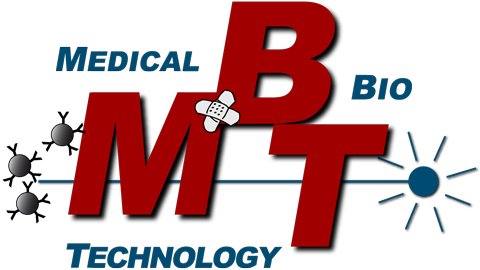The IsoStretcher
The IsoStretcher – a novel isotropic Strain Device for Mechanobiology
Motivated by the challenge of studying mechanosensitive signaling, e.g. through activation of mechanosensitive ion channels (MsC), in cells of the cardiovascular system, we developed a concept for a strain device that allows to apply cyclic or static isotropic strain to cells adhered to polydimethyl-siloxane (PDMS) elastomer membranes. The requirements for the system were to allow inverted microscopy (whitefield, epi-, confocal fluorescence) simultaneously with stretch and ensure a minimum z-shift of the focal plane to avoid losing cells during stretch. The main objective was also to enable high-content imaging of many cells in a field of view rather than high-resolution analysis of single cells.
The initial IsoStretcher concept involved a circular PDMS membrane connected to six pins that were part of six sliders with two hook pins. The other pin of each slider was inserted into a translation ring containing six oblique groves. Therefore, turning the translation ring by means of an external swivel motor throughh a V-belt mechanism allowed to translate the rotational movement of the translation ring into a radial displacement of the sliders and thus, isotropic stretch of the circular PDMS chamber on top of the stage of a microscope (Schürmann et al. 2016). The IsoStretcher can easily be adapted to different microscope systems through a modular base plate and is well suited for studies of stretch-induced cell reactions, in particular to cells experiencing multi-axial strain in vivo (e.g. lung alveolar cells, gastro-intestinal epithelial cells, urothelium, etc.). In particular, enothelial and epithelial cells adhere well to extracellular matrix-coated and functionalized PDMS membranes (Schürmann et al. 2016). The movie below shows membrane-stained (Evans Blue) live HEK cells during isotropic stretch between 1% and 19% radial displacement without loss of focus (Schürmann et al. 2016).
Labs currently using our IsoStretcher module worldwide include: Victor Chang Cardiac Research Institute, Sydney, Australia (Prof. Martinac); Mayo Clinic, Rochester, US (Prof. Beyder), Biotechnology Institute Thurgau, Switzerland (Dr. Rossy), Virginia Commonwealth University, Richmond, US (Prof. Conway).
Reference:
Schürmann S, Wagner S, Herlitze S, Fischer C, et al. (2016) The IsoStretcher: An isotropic cell stretch device to study mechanical biosensor pathways in living cells. Biosensors Bioelectron. 81:363-372. doi: 10.1016/j.bios.2016.03.015
